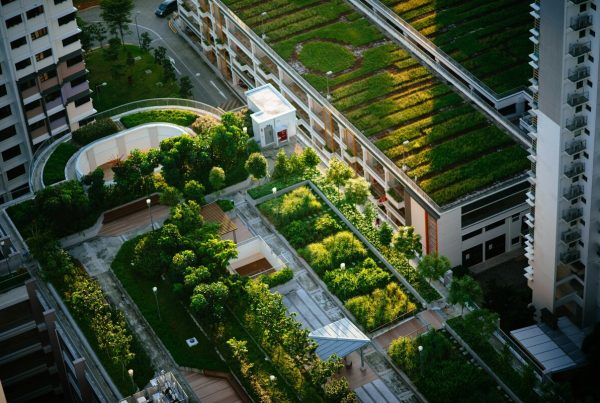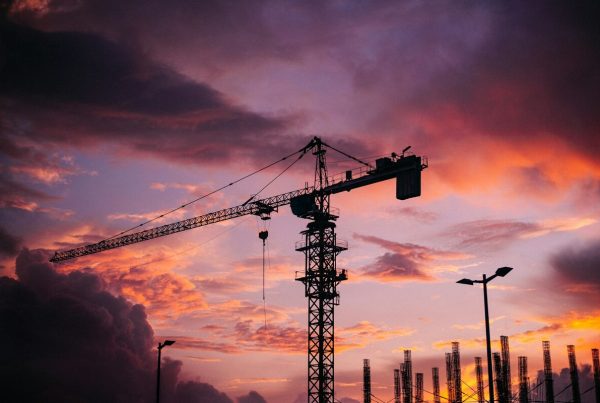Many builders looking to score additional LEED points have turned their attention to green roofs. This plant-based roofing system might look equal parts charming and laborious—or even downright awkward, but the installation of green roofs can actually bring a dozen of rewards for the environment.
A quick look at the Wikipedia entry for green roof will give you the lowdown on its advantages:
- helps in reducing the heat island effect in cities during the summer,
- provides a buffer against solar heat, while providing insulation during winter,
- filters carbon dioxide, airborne particles, and other pollutants out of the air,
- filters heavy metals and other pollutants out of rainwater,
- reduces stormwater runoff and naturally filters water that flows over,
- makes it possible to harvest water from rainfall,
- facilitates the water cycle where water is returned by plants to the atmosphere through transpiration and evaporation,
- promotes biodiversity by providing a habitat for a broad range of plants and insect creatures,
- insulates a building against unwanted noise: the soil helps block lower frequencies while the plants block higher frequencies,
- promotes an added space for urban agriculture and recreational gardening,
- increases the property value, availing extra LEED points for the building,
- provides a relaxing green scenery for city residents,
Needless to say, green roofs have everything going themselves. And yet for all the many advantages of green roofs, the movement hasn’t taken root in everyone.
The idea of planting vegetation atop one’s house might be foreign to some, but in Northern Scandanavia this plant-based roofing system has been part of people’s houses for centuries. Over there, it’s a fairly low-tech procedure where community members help plant sods on watertight layers of birch bark.
If you haven’t noticed, even the humble dwellings of the Hobbits in J.R. Tolkien’s universe boast of green roofs as well. And yet most of us are just contented watching from afar; at the end of the day when we think of the prototypical house, we think of a regular, normal roofing system—nothing fancy like green roofs. What we need then is to spread the message about the virtues of green roofs to everyone. It’s not enough that commercial and government buildings are the only ones taking advantage of this technology. When ordinary homebuilders start getting in on the act and greening our roofs finally becomes the norm, we’ll all get to reap its many benefits.
The Downside
Of course green roofs have their downside too. Intensive green roofs in particular (where the soil is deep to support a greater diversity of plants) can have high initial costs to install as they need a stronger structure to support the added load. Also, a complex irrigation and drainage system, not to mention maintenance, is needed.
Extensive green roofs (with shallow soil), on the other hand, is less expensive to build and are generally low-maintenance, but plant species that can be planted is limited too (mostly succulents that don’t need much water). Energy-efficiency is limited as well.
These disadvantages can be daunting at first, but when done right the benefits of green roofs still win.
Need more proof about Green Roofs? Check out this publication by the Federal Energy Management Plan.










